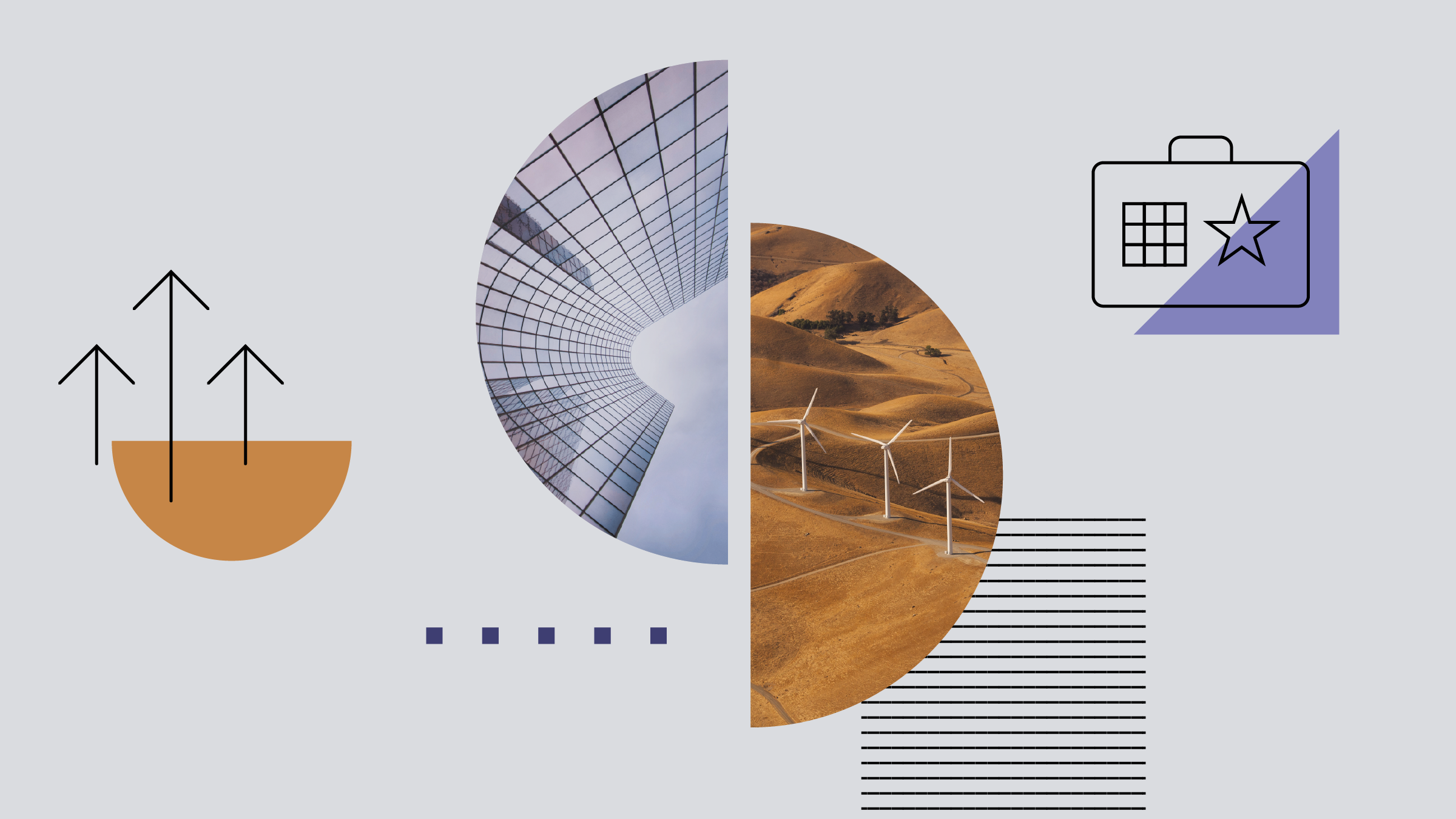Rolle im Portfolio
The Lyxor India B ETF provides equity exposure to India. As with all single country emerging market exposures, this Lyxor ETF would be best deployed as tactical tool within a well diversified portfolio. The ETF can also be deployed as a core holding complementing exposure to emerging markets in Asia and Latin America. Increased correlation with international stock markets over the past years makes the ETF less beneficial from a diversification point of view. The index correlated 76% with the MSCI World USD Index and 86% with the MSCI EM USD Index over the last five years; up from 69% and 80% respectively over the trailing ten year period. As the correlation with China remains relatively low, the ETF might be utilised as diversifier for equity exposure to China. The index correlated 50% with the MSCI China CNY Index over the last five years.
The ETF is suitable for investors believing in a story rooted in robust domestic demand streaming from the relatively young and increasingly affluent population in India. In addition, investors overweighting China can use the ETF to diversify their exposure within the emerging market equity segment of their portfolio.
Investors should keep in mind that the Indian equity market is still lacking transparency. The country does not permit free access to its market by controlling capital on the Rupee and on foreign investment. Indian companies have structural issues as many founders or India’s long-established business families hold controlling stakes in many companies; resulting in corporate governance issues. Especially the very complex ownership structure of companies with widespread pyramiding, cross-holding and the use of non-public trusts are far from transparent. In addition, accounting rules are yet to be up to international standards. Nevertheless, transparency has improved massively over the years.
Fundamentale Analyse
After decades of stagnation owed in part to a quasi-socialist economic policy enacted at independence, the Indian economy has picked up steam over the last ten years, building upon market-based reforms introduced in the 1990s. GDP grew at an average annual rate of nearly 9% in the five years prior to 2009/10 when it slowed to 6.8% y/y. It subsequently accelerated to 8% y/y in 2010/11. However, the government recently lowered its GDP growth forecast for the year ending 31st of March 2012 from 9% down to 7.5%.
Strong economic performance has underpinned a sterling equity market performance. The MSCI India Index outperformed international equity markets over the last ten years, returning 16.7% on an annualised basis, compared to 9.7% for the MSCI EM Asia USD index and 1.7% for the MSCI World index.
HSBC’s PMI for India rose to 54.2 in December up from 51.0 in November, outpacing other Asian economies. With around 60% of its GDP related to the domestic market, India is significantly more reliant on the development of its internal market than most emerging markets. In fact, domestic private consumption and investment are expected to remain the main drivers of GDP growth in the near future, although increased trade is expected to make a contribution at the margin as well. The country's large English-speaking workforce has made it a centre for outsourcing of technology services; one of the more productive and export-oriented sectors of the economy.
The Reserve Bank of India incrementally increased interest rates from 5.75% in September 2010 to 8.5% in December 2011 in an attempt to combat inflation. However, at the same time interest costs for 420 large Indian companies rose by 36% y/y in Q3 2011, according to a study by Mumbai-based Crisil Research. The infrastructure and real estate sectors are particularly affected by this sharp rise in borrowing costs.
Key risks going forward include high levels of corruption which can make it difficult for entrepreneurs to start new businesses or expand operations. Furthermore, developed countries--in particular the US--have raised concerns about barriers to investment in India. However, India’s government recently announced that qualified foreign investors will now be able to own up to 5% of an Indian company on an individual basis and 10% on a cumulative basis. Previously, only institutional investors were permitted to invest directly in Indian equity. However, there is much more work to do to liberalise the Indian market as foreign investors are still not allowed to access specific sectors, e.g. retail or aviation. Protectionist measures could already be taking some growth potential off the table as especially these sectors are lacking much needed capital and foreign expertise to grow.
In addition, high global commodity prices could also weigh on the economic outlook. India imports 70% of its oil needs, leaving the economy vulnerable to external shocks. Food shortages against a backdrop of increasing domestic demand are one of the main factors keeping prices high. The combination of lower economic growth and high inflation could ultimately impact corporate profits. Moreover, upcoming state elections will likely keep politicians from pushing through much needed infrastructure programs in the near term.
Indexkonstruktion
The MSCI India INR index includes about 60 of the largest and most liquid stocks of publicly-traded companies trading on the National Stock Exchange of India. The index aims to hold 85% of the market capitalisation of each industry. The securities are weighed by free-float adjusted market capitalisation. Because closely held firms will have a smaller piece of their aggregate market capitalisation floated on public exchanges, the free float adjustment serves to ensure the underlying liquidity of the holdings is superior relative to a pure market capitalisation weighting. The index is reviewed four times a year. The index is very top-heavy, with about 50% of its total value comprised by the top ten constituents. The index also has a significant degree of sector concentration. Its three largest sector weightings are finance (26.7%), IT (17.4%), and energy (12.9%).
Fondskonstruktion
This ETF uses swap-based replication to track the performance of the MSCI India index. Instead of holding the actual index securities as in a physically-replicated ETF, the fund holds a substitute basket of securities which may or may not resemble the index. In this case, the substitute basket is composed of European equities. Lyxor then enters into an OTC swap in which it exchanges the performance of this basket for the benchmark’s return. While Lyxor must solicit third-party bids for its swaps, Société Générale, Lyxor’s parent bank, will always be the swap counterparty. According to UCITS III regulations, individual counterparty risk exposure is limited to 10% of the fund’s NAV at any point in time. According to UCITS III regulations, individual counterparty risk exposure is limited to 10% of the fund’s NAV at any point in time. According to our research, the OTC swap is not collateralised, which effectively exposes the investor to a loss of up to 10% of the NAV if the swap counterparty defaults. However, Lyxor is now committed to target zero swap exposure on a daily basis and is also considering the virtues of adopting an overcollateralised structure. Lyxor does not currently engage in securities lending, which helps to minimise overall counterparty risk.
Gebühren
Lyxor charges a 0.85% total expense ratio (TER) for the ETF. This lies in the upper range of ETFs tracking Indian equities.
Alternativen
As of writing there are a few ETFs offering equity exposure to India. Most of the indices are tracking either the MSCI India Index or the S&P CNX Nifty Index. The largest alternative in terms of total assets under management is the swap-based db x-trackers S&P CNX NIFTY ETF. The S&P CNX NIFTY Index is a free-float-adjusted market capitalisation index, representing about 60% of the NSE. Therefore, the db x-trackers ETF represents a slightly smaller share of the Indian economy. Investors interested in a more like-for-like alternative will find the Amundi ETF MSCI India, tracking the same index as the ETF discussed here. The Amundi ETF is available in USD and EUR and also uses synthetic replication and levies a TER of 0.80%.
Die in diesem Artikel enthaltenen Informationen dienen ausschließlich zu Bildungs- und Informationszwecken. Sie sind weder als Aufforderung noch als Anreiz zum Kauf oder Verkauf eines Wertpapiers oder Finanzinstruments zu verstehen. Die in diesem Artikel enthaltenen Informationen sollten nicht als alleinige Quelle für Anlageentscheidungen verwendet werden.

















